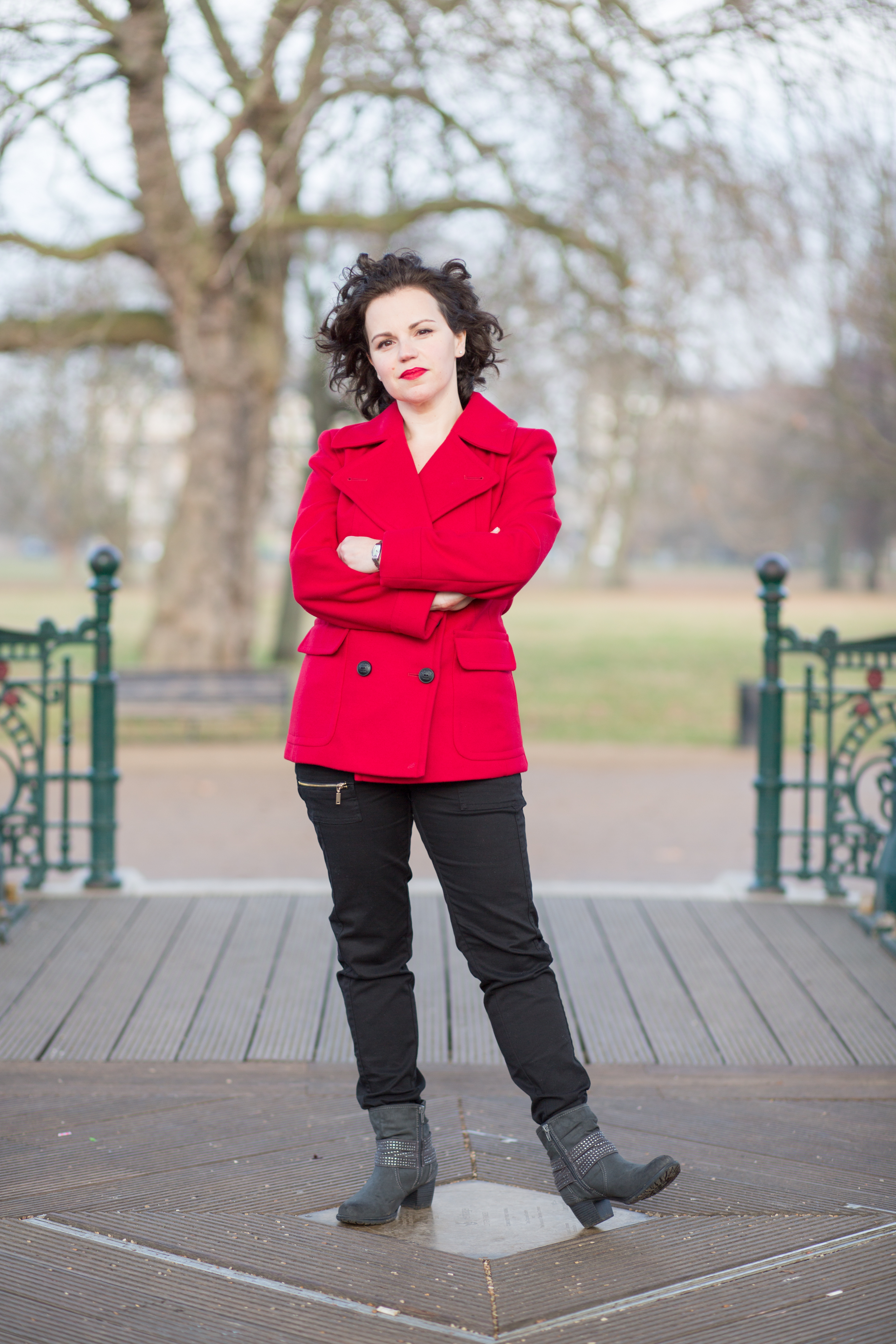Breasts. It's complicated.
In fact, it seems to often be complicated when it comes to women's health and women's bodies. Women's health is unique in that women and girls often seek the advice of healthcare professionals when they are well. This is unlike other areas of medicine; after all, you don't go to the doctors because of the absence of a cough or other symptom do you? But women and girls go to the doctor for contraception, when they are trying to conceive, when they are pregnant and more, which are not states of physical ill health. Instead they are simply women trying to manage their bodies and all that entails.
Yet we are not taught how to manage living with breasts, how to ensure that a bra fits, the impact of lack of a well-fitting sports bra on drop out rates in physical activity and more. The gender pain gap is a very real concept, where women's pain is often downplayed and misunderstood, and this applies to breast health as to other areas of health. Seven out of ten women have cyclical breast pain at some point in our lives, but often have the idea that this is something to simply 'put up with'.
How did we get here?
Women's health and views around women and their roles in culture and society have always been closely intertwined. But until we can separate these, we will continue to do women harm. Breasts have been talked about for as long as history documents it, from stories of one breasted Amazons to a breastfeeding mother on Time magazine. Even today female nipples are not viewed on social media.
It is complicated because those societal and cultural roles are also complex and often conflicting. On the one hand it is clear that one of the purposes of breast is to breastfeed babies and infants, yet on the other they have a role in sexual attraction. Society still seems to hold these two ideas in opposition to each other.
The breastfeeding debate is an example of this. People are put under a significant amount of pressure to breastfeed, which although it undoubtedly has health benefits to both baby and feeder, can also be extremely difficult. Yet there are still also opinions that breastfeeding should not be done in public, with stories in the media such as a woman who was told it was 'inappropriate' to breastfeed in a supermarket care park despite it being likely that the supermarket itself would also be selling magazines with sexualised images of women and their breasts.
Our relationship to our breasts
For many women, it can feel like breasts are a part of them which they never fully own. After all, roles in sexual attraction and breastfeeding are not about the person with the breasts but rather someone else. The idea that breasts can play a role in sexual arousal, pleasure and even nipple orgasm seem at most secondary, if not further down the list, to the other roles mentioned above.
Even the studies carried out about breast size, firmness and more have mostly been about the male, heterosexual opinion about breasts, not the owners' themselves! We need to own our bodies, so that we can look after them, accept them and even - dare I say it - enjoy them. Breasts are part of this.
The relationship between people and their bodies is also often complicated, especially in a body part which are a role in sexual function and reproduction. But this relationship has an impact on both physical and mental health. For example, in a study involving 2000 girls aged 11-18, around half saw their breasts as a barrier to taking part in physical activity and 87% wanted to know more about breast health.
The reasons given as to why breasts were a barrier to exercise were not solely breast pain, but also embarrassment about breast movement during exercise. Yet it is absolutely well-known that physical activity is essential for health.
The menstrual cycle, contraception, HRT, pregnancy and more all have an impact on the breasts which women are then required to navigate, often without sufficient support.
As with so many areas of medicine and health, there is a need for much more research with regards to breast health. In comparison to the wealth and depth of studies and research into running shoes there is extremely little on sports bras. Even the research that has been done focuses more on the needs of elite athletes as opposed to recreational athletes or the needs of pregnant women. It is widely claimed that four out of five women are wearing ill-fitting bras yet there is no standardisation in bra sizes. Is it any wonder people are wearing the wrong size bras, and potentially having breast, neck, shoulder and back pain breasts are heavy! , when sizes vary, sometimes even within the same brand?
Think of how many slang words you know for breasts...you know quite a few right? Yet also think of what else you know about breasts, how to look after them and manage any problems. Probably less. We know about breast cancer but often not how to examine our breasts, we know we should go to breast screening but often don't. We spend more time talking about the appearance of breasts than talking about how to manage breast pain related to your period. Or focusing on the benefits of breastfeeding without providing support to do so, or support if someone can't or chooses not to continue.
The complex relationship between women and society is exemplified by the complex relationship that many women have with their breasts. Breasts: An Owner's Guide aims to change this, empowering people to take ownership of their own bodies.
Dr Philippa Kaye is the author of Breasts: An Owner's Guide

